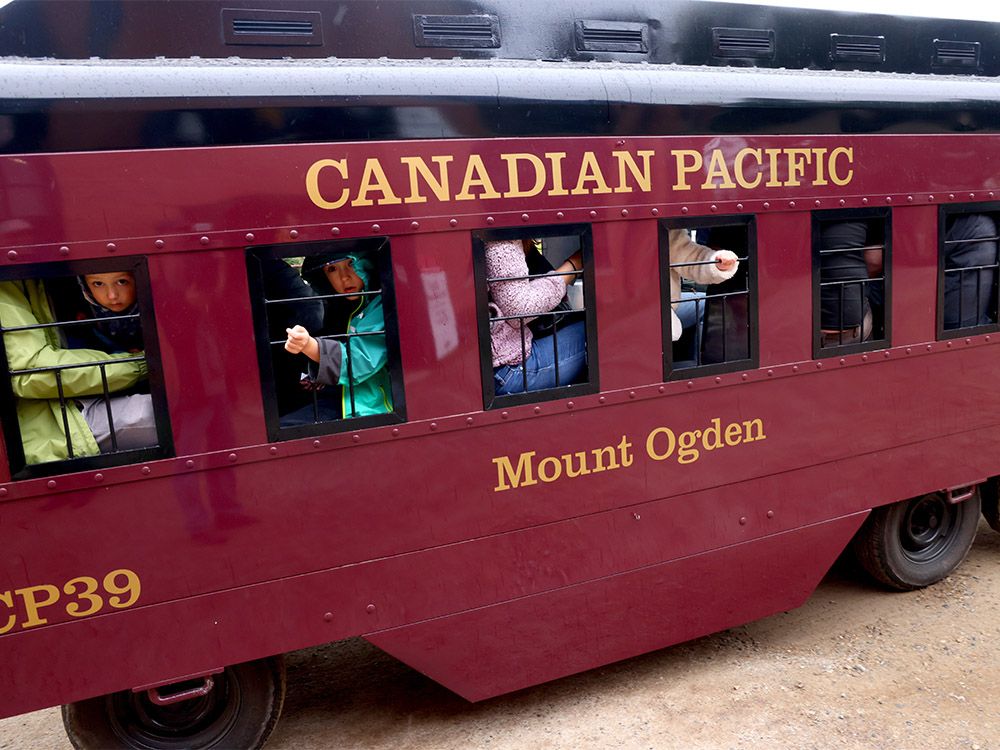Demands of defence policy almost double military’s recruitment gap, top soldier warns
The recruiting hole in which the Canadian military finds itself is deeper and potentially more serious than it might appear at first glance — in part because of all the new equipment the federal government has ordered, or plans to order in the near future.
Just recently, Defence Minister Bill Blair estimated the military is short up to 16,500 members and said the Armed Forces’ failure to boost recruitment is leading it into a “death spiral.”
But the country’s top military commander, Gen. Wayne Eyre, told CBC News in a recent interview that the problem is actually bigger than the numbers cited by the minister suggest.
The shortfall cited by Blair is the gap between the Armed Forces’ current size and its authorized strength, he said — it doesn’t reflect what the military needs to carry out the new defence policy, or the demands of modernizing continental defence under NORAD.
To meet those demands, Eyre said, the Armed Forces needs to take on an additional 14,500 people on top of the 16,500 required to bring the military up to authorized strength.
“Otherwise,” he said, “we’re going to have to strip those people from some other capability in the Armed Forces.”
The military hasn’t yet calculated how many additional reservists, or part-time members, it needs to implement the new defence policy, Eyre said, adding that reserve forces are the Armed Forces’ insurance policy.
In total, he said, the military will have to recruit and retain an additional 30,000 members.
Eyre insisted he’s “cautiously optimistic” and noted that the number of people leaving the military, the attrition rate, is lower than the number of new recruits, leaving the Forces with a small surplus.
The new defence policy proposes a series of measures to fix the slow pace of recruitment, including the introduction of a probationary period which would allow the military to enrol new members faster.
In 2022, the federal government began allowing permanent residents to apply to join the Armed Forces. Within a year of that policy change, the Armed Forces had received more than 21,000 applications from permanent residents — but less than 100 had been accepted by early this year.
One of the major concerns for the Department of National Defence (DND) is that many foreign-born applicants must pass enhanced security screening.
The defence and immigration departments have signed a new information-sharing agreement that should accelerate the process of obtaining security clearances, Eyre said.
DND also has signed a contract for new security screening software.
The new recruitment plan for the military proposes a probationary period on all recruits while screening and other aspects are reviewed.
Despite all of that effort, the new defence policy does not foresee the military returning to its current authorized strength of 71,000 regular and 30,000 reserve forces until 2032.

Eyre described that timeline as a “case of under-promising and over-delivering” and said he’s confident the recruitment crisis will be solved well before then.
Defence analyst Richard Shimooka said the implications of the recruitment gap are profound because much of the Liberal government’s new defence policy is based on enhanced capabilities — such as an expanded submarine fleet — and new equipment the military hasn’t operated before, such as drones and ground-based missiles.
Shimooka pointed to the fact that the federal government is buying new F-35 fighters for an air force that struggles to recruit and retain pilots.
He said that unless the recruitment crisis is reversed, taxpayers may end up buying some planes and warships that could be parked because there aren’t enough people to crew them efficiently.
“With fighter aircraft, that’s quite possible,” said Shmooka, a fellow at the Macdonald-Laurier Institute. “Certainly in other areas [such as submarines and ground-based air defence], there’s a real possibility that would be a likely outcome, if not the most likely outcome, just because it’s really difficult.”
Canada currently operates a fleet of four conventionally-powered submarines; the navy has proposed to expand that fleet to between eight and 12 boats. Shmooka said each boat would have to have at least one crew, and possibly two or more, to operate a rotation.




